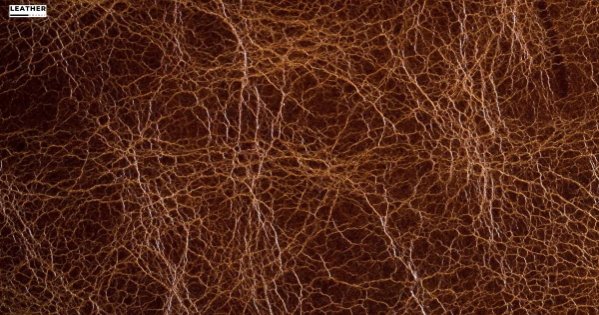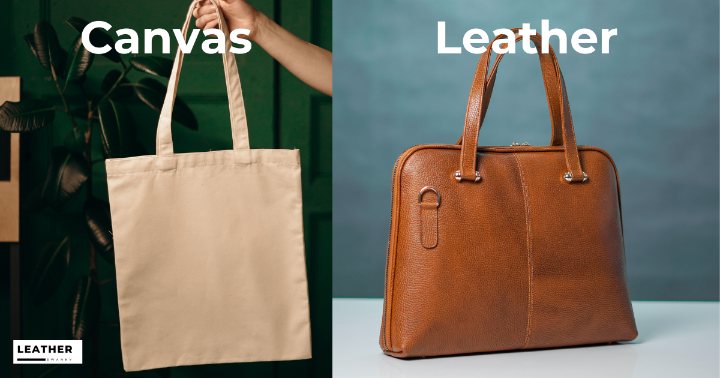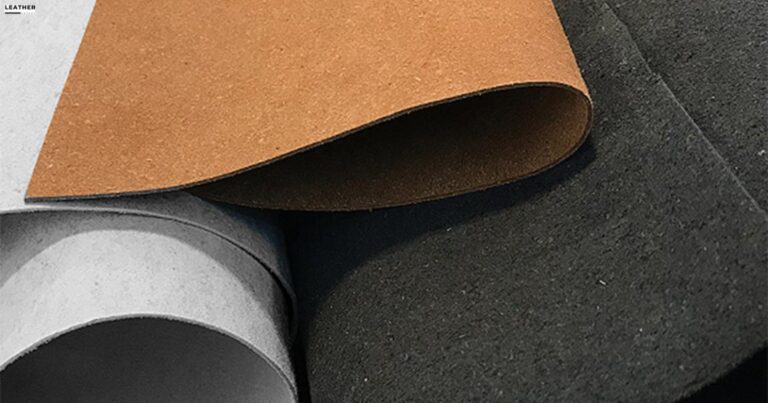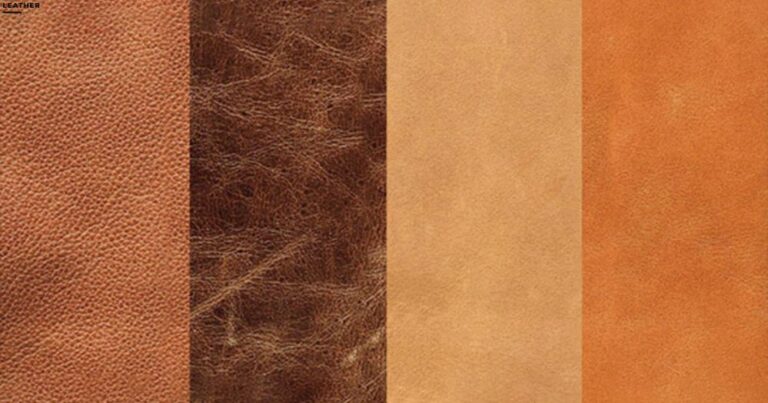What Is Ostrich Leather

We’ve all heard of leather goods, but what is ostrich leather?
Ostrich leather is one of the most luxurious and durable types of leather. It is derived from the hide of ostriches, specifically from the back of the ostrich where the animal's neck starts. It's renowned for its softness, flexibility, and durability, making it a coveted choice for high-end fashion items including shoes, bags, and wallets.
We’ll explore its history, how it’s made, and its unique characteristics. We’ll also compare it with other exotic leathers and discuss its pros and cons.
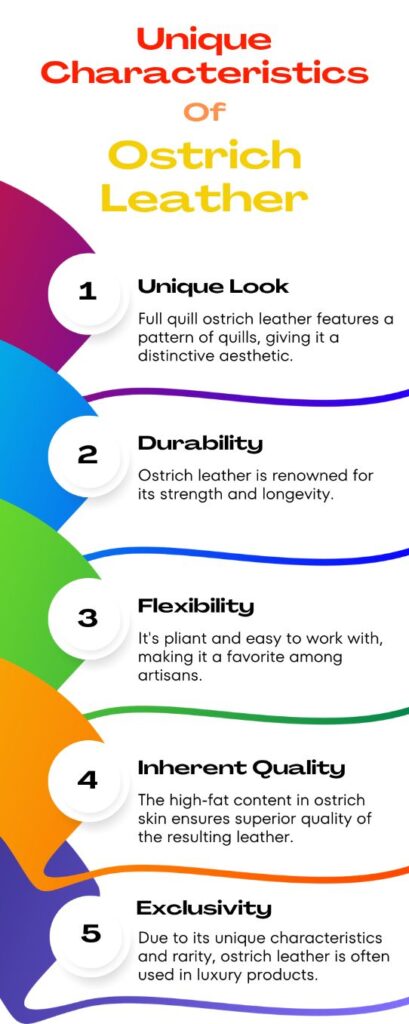
Jump to a Specific Section
- 1 Basic Overview
- 2 History and Origins of Ostrich Leather
- 3 How Ostrich Leather Is Made
- 4 Unique Characteristics of Ostrich Leather
- 5 Popular Uses and Applications of Ostrich Leather
- 6 Ostrich Leather Vs. Other Exotic Leathers
- 7 Pros and Cons of Ostrich Leather
- 8 Care and Maintenance of Ostrich Leather
- 9 Final Thoughts
- 10 Frequently Asked Questions
- 10.1 What Is the Price Range for Products Made From Ostrich Leather?
- 10.2 Is Ostrich Leather Hypoallergenic?
- 10.3 How can you tell the difference between ostrich leather and other types of leather?
- 10.4 How is ostrich leather different from regular hide leather?
- 10.5 Can ostrich leather be used to make products with ostrich legs?
- 11 Resources Used for Research
Basic Overview
- Ostrich leather is known for its softness, flexibility, and durability.
- The production of ostrich leather began in South Africa in the 1970s.
- Ostrich leather is widely used in high-end fashion and luxury goods.
- Ostrich leather is used in handbags, wallets, belts, footwear, furniture, and interior design.
History and Origins of Ostrich Leather
The ostrich feather industry, which was the precursor to ostrich leather production, started in the late 19th century.
The high demand for ostrich feathers in European fashion circles led to the breeding and exportation of ostrich stock from South Africa, causing a boom in the industry.
However, as fashion trends changed, the feather industry began to decline. This brought about a shift in focus to the ostrich’s skin, a by-product that had been previously overlooked.
Recognizing its unique beauty and durability, the first ostrich skin tannery opened in South Africa in the 1970s, marking a significant turn in the history and origins of ostrich leather.
Today, the production and use of ostrich leather have spread globally, but South Africa remains the epicenter of its production.
How Ostrich Leather Is Made
The journey from ostrich skin to ostrich leather is a complex one, involving multiple stages of preparation and treatment to ensure the final product is of the highest quality.
The process generally includes:
- Selecting the Ostrich Skin: Not all ostrich skins are suitable for making leather. We carefully choose skins that are free of defects and of the right thickness.
- Cleaning and Soaking: The selected ostrich skin is thoroughly cleaned and soaked to remove dirt and natural oils.
- Tanning Process: This is the heart of how ostrich leather is made. The prepared ostrich skin undergoes the tanning process to preserve it and improve its durability.
- Dyeing and Finishing: To achieve the desired color and shine, the tanned ostrich leather is dyed and finished.
- Quality Inspection: Finally, we inspect the finished ostrich leather for any imperfections to ensure it meets our quality standards.
Understanding how ostrich leather is made underscores its value and the craftsmanship that goes into each piece.
Unique Characteristics of Ostrich Leather
After going through the meticulous process of transforming ostrich skin into leather, we’re now faced with a product that boasts a unique set of characteristics.
One of the most distinctive attributes of ostrich leather is its unique look. Full quill ostrich leather is coveted for its texture and pattern, featuring a series of bumps or quills that lend a distinct appeal.
Ostrich leather is distinct in its flexibility and durability, resulting from the high-fat content inherent in ostrich skin quality. This makes it an exceptional choice for various high-end products.
Some key features are:
| Characteristic | Description |
|---|---|
| Unique Look | Full quill ostrich leather features a pattern of quills, giving it a distinctive aesthetic. |
| Durability | Ostrich leather is renowned for its strength and longevity. |
| Flexibility | It’s pliant and easy to work with, making it a favorite among artisans. |
| Inherent Quality | The high-fat content in ostrich skin ensures superior quality of the resulting leather. |
| Exclusivity | Due to its unique characteristics and rarity, ostrich leather is often used in luxury products. |
These characteristics make ostrich leather a unique and valued material in the world of leather goods.
Popular Uses and Applications of Ostrich Leather

Ostrich leather is being used increasingly in a variety of high-end products.
This exquisite material has specific uses for ostrich leather notably in the luxury market due to its durability, softness, and aesthetically appealing texture.
The popular uses and applications of ostrich leather are diverse and include:
- Fashion industry: Ostrich leather is a high-demand material for designing luxury handbags, wallets, and belts. Its distinct texture adds a touch of elegance to any accessory.
- Footwear: Ostrich leather boots are a favorite among consumers, due to their comfort and longevity. These boots are a classic blend of style and durability.
- Furniture: Applying ostrich leather as seat inserts in high-end furniture is common. It offers a unique, plush feel that is both comfortable and durable.
- Automotive industry: Ostrich leather is often used in the interior design of luxury vehicles, providing an upscale ambiance.
- Jewelry: Ostrich leather can be used in crafting bracelets, watch straps, and jewelry boxes, adding a sophisticated touch to these items.
This versatile material, with its unique qualities, plays a significant role in the production of premium commodities.
Ostrich Leather Vs. Other Exotic Leathers
Ostrich leather, renowned for its distinctive pattern and durability, stands out among other exotic types of leather.
Here’s a concise comparison:
| Leather Type | Unique Quality |
|---|---|
| Ostrich | Highly durable, distinctive pattern |
| Alligator | Water-resistant, luxurious texture |
| Python | Extremely flexible, unique scales |
| Stingray | Waterproof, highly resistant to damage |
| Kangaroo | Lightweight, strong tensile strength |
When it comes to ostrich leather vs other exotic leathers, it’s evident that while alligator and python skins are prized for their water resistance and flexibility respectively, ostrich leather offers an unparalleled combination of durability and aesthetic appeal.
Stingray and kangaroo leather also have their merits, yet none possess the unique quill pattern of ostrich leather.
In conclusion, the quality leather of ostrich not only matches but often surpasses other exotic skins in terms of durability and distinctiveness.
However, it’s essential to consider personal preferences and specific needs when choosing a leather type.
Pros and Cons of Ostrich Leather
The pros and cons of ostrich leather are various and they contribute to its distinctive appeal and value.
Pros:
- Ostrich leather is exceptionally durable, outlasting many other types of leather
- It contains natural oils that prevent it from cracking or stiffening over time
- The unique quill pattern gives ostrich leather a distinctive, attractive appearance
- It’s incredibly soft and flexible, giving it a luxurious feel
- Despite its softness, ostrich leather is remarkably resistant to abrasion and damage
Cons:
- Ostrich leather is very expensive, making it a significant investment
- Its distinctive look may not suit everyone’s taste
- The availability of genuine ostrich leather can be limited
- It requires special care to maintain its appearance
Despite these cons, the allure of ostrich leather remains strong. Its unique combination of durability, beauty, and luxury make it a tantalizing choice for those seeking high-end leather products.
Care and Maintenance of Ostrich Leather
Ostrich leather is considered one of the finest in the finished leather grading, and it’s crucial to implement special care and maintenance of ostrich leather to preserve its durability and aesthetics.
One must always use a soft, dry cloth for dusting off the ostrich leather product. Applying a good quality leather conditioner is essential to provide necessary hydration and prevent drying or cracking.
Additionally, keeping your ostrich leather away from direct sunlight is vital to prevent color fading.
Let’s visualize these tips in the table below:
| Do’s | Don’ts | Why |
|---|---|---|
| Use a soft, dry cloth | Don’t use a wet or rough cloth | To protect the leather’s surface |
| Apply leather conditioner | Don’t let the leather dry out | To prevent drying or cracking |
| Keep away from direct sunlight | Don’t be expose to harsh conditions | To prevent color fading |
Final Thoughts
We’ve discovered that ostrich leather has a rich history and unique characteristics that set it apart from other exotic leathers.
Despite some drawbacks, its versatility and durability make it a popular choice in various industries. With proper care and maintenance, ostrich leather products can last a lifetime.
Frequently Asked Questions
What Is the Price Range for Products Made From Ostrich Leather?
Small accessories might start around $100, while larger items like jackets or bags can cost several thousand dollars. It’s quite luxurious!
Is Ostrich Leather Hypoallergenic?
Yes, it is. Its unique properties, including a lack of lanolin, make it less likely to cause allergic reactions compared to other types of leather.
How can you tell the difference between ostrich leather and other types of leather?
Ostrich leather has unique quill bumps on its surface, which distinguishes it from other types of leather. These quill bumps are an identifying feature of ostrich leather.
How is ostrich leather different from regular hide leather?
Ostrich leather is a small-area skin compared to bovine leather. It has quill bumps and a distinct pattern, while regular hide leather has a smooth and uniform texture.
Can ostrich leather be used to make products with ostrich legs?
Yes, ostrich leather can also be sourced from the legs of ostriches. Ostrich leg leather is highly valued for its exotic appearance and unique texture.
Resources Used for Research
- Leather Processing & Tanning Technology Handbook
- Manufacture of Exotic Leather and Small Leather Goods from Ovine Stomach
- Characterization of alligator, ostrich and emu skins and comparisons to traditional leathers
- The manufacture of leather
- Conservation of leather and related materials
- Caring for Leather, Skin and Fur

